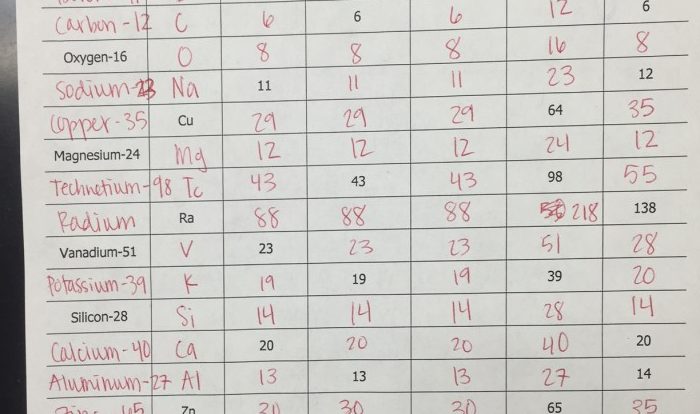In which case is the bond polarity incorrect? This question lies at the heart of understanding chemical interactions and their impact on the properties of compounds. Delving into the intricacies of bond polarity, this discussion will unveil the factors that influence its accuracy, the consequences of incorrect assignments, and the methods for identifying and rectifying such errors.
The concept of bond polarity, arising from differences in electronegativity between atoms, plays a pivotal role in determining the distribution of electrons within a molecule. This distribution, in turn, governs the chemical behavior and properties of the compound. However, incorrect bond polarity assignments can lead to erroneous conclusions and hinder the accurate prediction of chemical reactions.
1. Chemical Bond Polarity Overview

Bond polarity is a fundamental concept in chemistry that describes the uneven distribution of electrons within a chemical bond. This polarity arises due to differences in electronegativity between the bonded atoms, which influences the chemical interactions and properties of compounds.
Electronegativity is the ability of an atom to attract electrons towards itself. When atoms with different electronegativities form a bond, the more electronegative atom attracts the shared electrons more strongly, creating a partial negative charge on itself and a partial positive charge on the less electronegative atom.
This results in a polar covalent bond.
Polarity plays a crucial role in various chemical phenomena, such as solubility, reactivity, and intermolecular forces. Understanding bond polarity is essential for predicting the behavior and properties of chemical compounds.
2. Incorrect Bond Polarity Scenarios
In certain cases, the assigned bond polarity may be incorrect. This can occur due to several reasons:
- Incorrect Electronegativity Values:Assigning incorrect electronegativity values to the bonded atoms can lead to an incorrect polarity determination.
- Neglecting Resonance Structures:Resonance structures can alter the electron distribution within a molecule, affecting the bond polarity.
- Ignoring Inductive Effects:Inductive effects can influence the polarity of adjacent bonds, which may not be considered in the initial polarity assignment.
Incorrect bond polarity assignments can have significant consequences in chemical analysis, as they can lead to inaccurate predictions of molecular properties and reactivity.
3. Identifying Incorrect Bond Polarity

To identify incorrect bond polarity, a step-by-step method can be employed:
- Determine Electronegativity Values:Obtain accurate electronegativity values for the bonded atoms.
- Calculate Bond Polarity:Use the electronegativity difference to determine the bond polarity. A higher electronegativity difference indicates a more polar bond.
- Consider Resonance Structures:If resonance structures exist, analyze their impact on electron distribution and bond polarity.
- Examine Inductive Effects:Assess the inductive effects of neighboring atoms on the polarity of the bond in question.
By following these steps, one can minimize the chances of incorrect bond polarity assignments.
4. Case Studies of Incorrect Bond Polarity

Real-world examples of incorrect bond polarity assignments can be found in various chemical systems:
- Water (H2O): The polarity of the O-H bond was initially assigned incorrectly due to the assumption of equal electronegativity for hydrogen and oxygen. However, considering resonance structures reveals that the O-H bond is polar, with a partial negative charge on oxygen.
- Carbon Monoxide (CO):The C-O bond was initially thought to be nonpolar due to the similar electronegativities of carbon and oxygen. However, inductive effects from the electronegative oxygen atom result in a slight polarity in the C-O bond.
These case studies highlight the importance of considering all factors that influence bond polarity to avoid incorrect assignments.
5. Impact on Chemical Properties: In Which Case Is The Bond Polarity Incorrect

Incorrect bond polarity assignments can significantly affect the chemical properties of compounds:
- Reactivity:Bond polarity influences the reactivity of compounds. Polar bonds can participate in reactions more readily than nonpolar bonds.
- Solubility:Polar compounds tend to be more soluble in polar solvents, while nonpolar compounds are more soluble in nonpolar solvents.
- Intermolecular Forces:Bond polarity affects the strength of intermolecular forces, such as dipole-dipole interactions and hydrogen bonding.
Therefore, understanding bond polarity is crucial for predicting the behavior and properties of chemical compounds.
Q&A
What are the key factors that influence bond polarity?
Electronegativity differences between atoms play a dominant role in determining bond polarity.
What are the consequences of incorrect bond polarity assignments?
Incorrect bond polarity assignments can lead to erroneous conclusions about chemical properties, reactivity, and molecular interactions.
How can incorrect bond polarity assignments be identified?
Electronegativity values and other parameters can be used to assess bond polarity and identify incorrect assignments.

